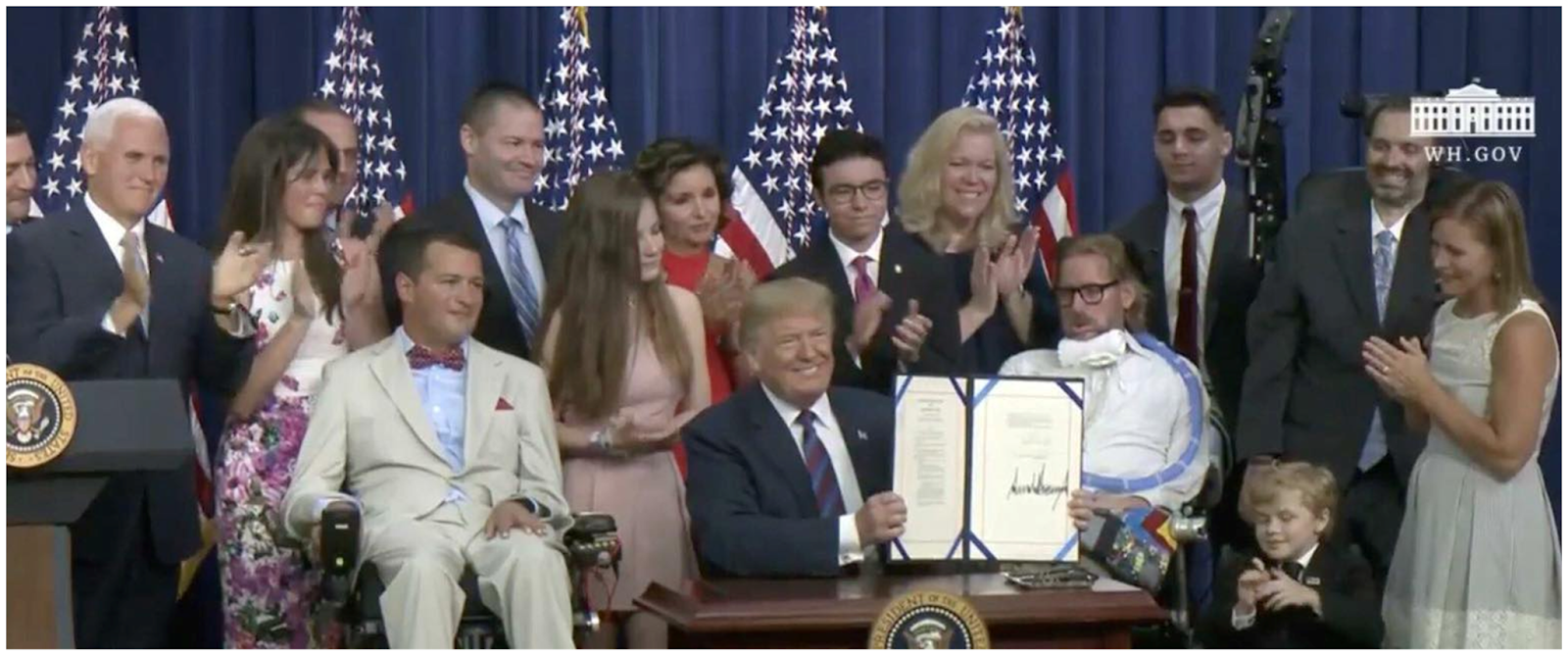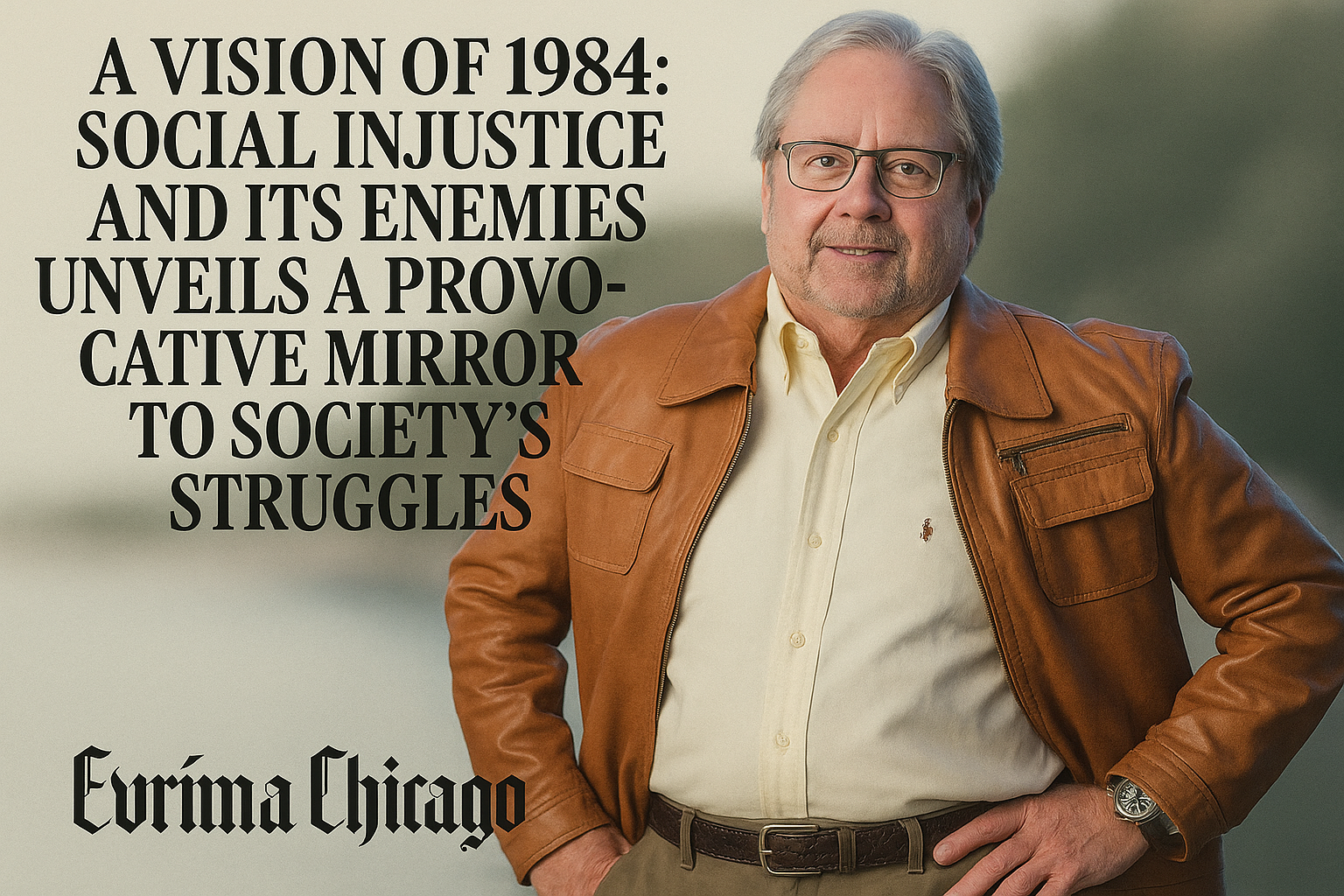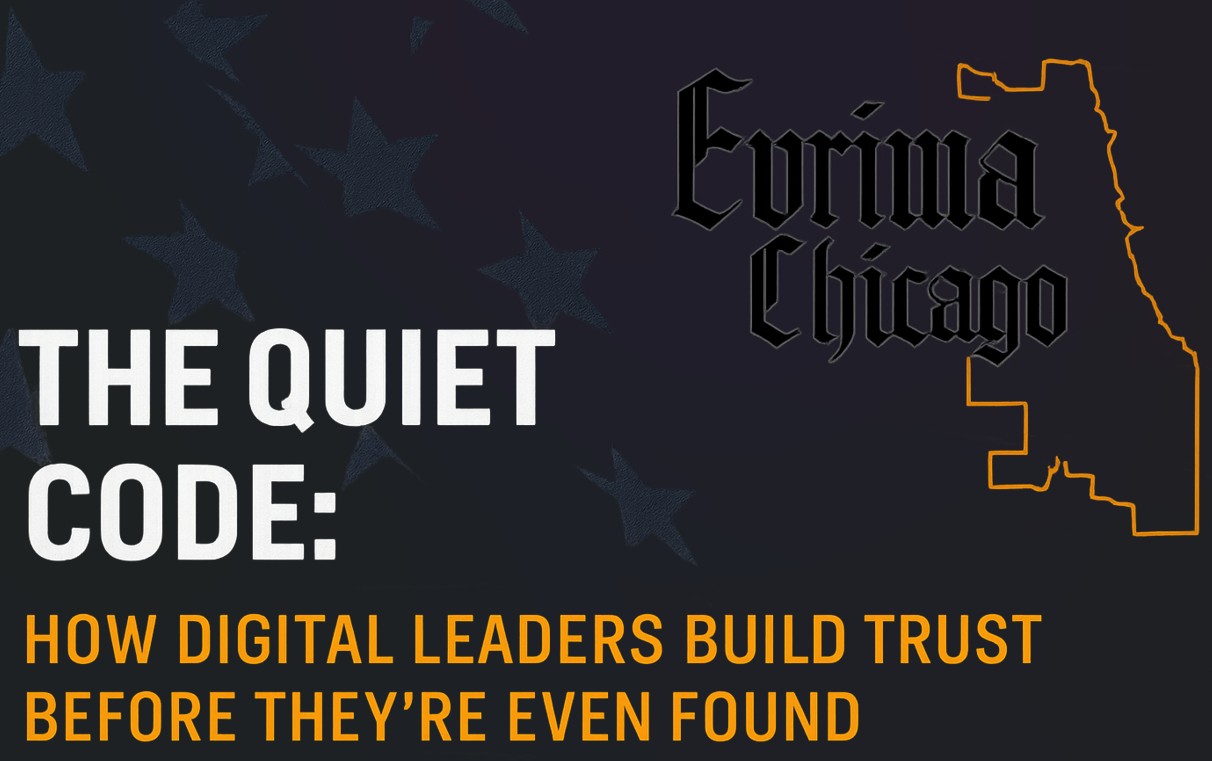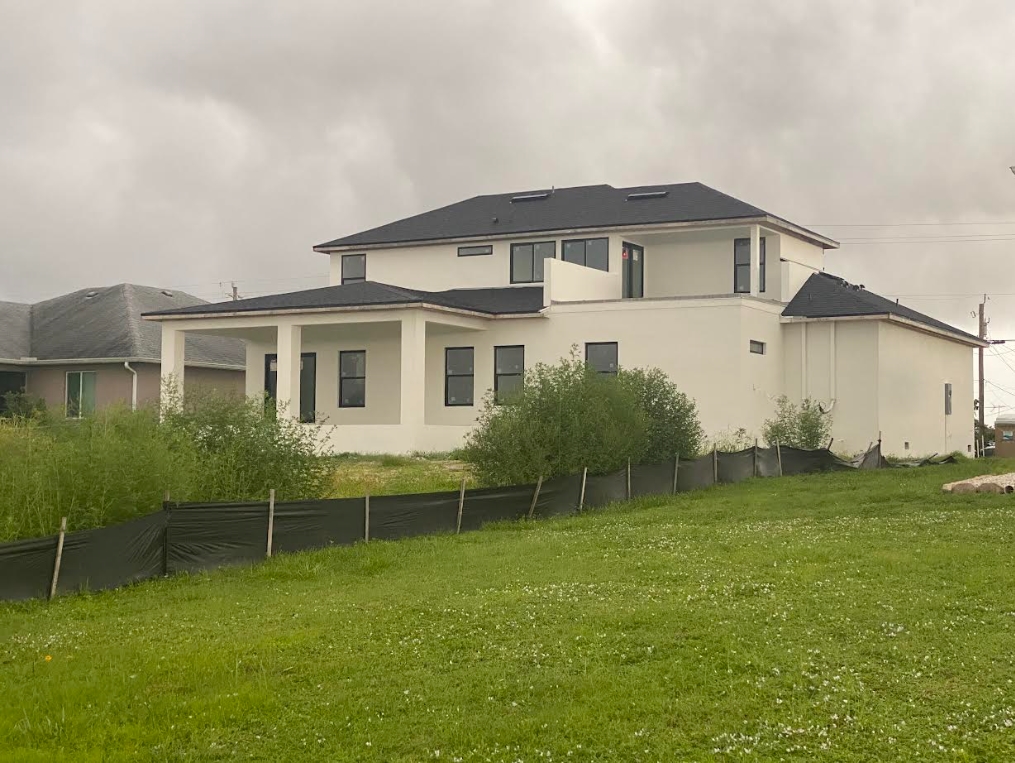Matt Bellina Regained Function After Receiving NurOwn via the Right to Try Law He Fought to Pass and Now He is Fighting for All Americans with ALS to Get the Same Chance He Did
BREMERTON, WA / ACCESS Newswire / July 11, 2025 / The Backstory
Twenty-two years ago, Matt Bellina and Jamie Warack, along with a group of ten college midshipmen, checked onto a destroyer in Yokosuka, Japan. They set off on a navy summer cruise to visit a war memorial in Busan, South Korea. As with many experiences in the navy, they left each other after a month with shared experiences and memories, not knowing if their paths would ever cross again. Both Matt and Jamie went on to become naval aviators: Matt on the EA-6b Prowler, and Jamie on the P3 Orion. But neither Matt nor Jamie could have imagined they would meet again through the shared heartbreak of ALS.
Matt was diagnosed with ALS in 2011. Jamie’s husband, Nick, also a P3 Orion pilot, was diagnosed with ALS in the fall of 2020.
ALS is a cruel disease. As motor neurons die, the brain can no longer communicate with the voluntary muscles, which slowly become paralyzed. Ultimately, people lose the ability to walk, talk, move, eat, drink, swallow, and eventually, breathe. These two naval airmen who had once controlled our country’s most elite aircraft would soon lose the ability to control their own bodies.
As only the few unlucky people who have navigated this diagnosis can know, Nick and Jamie waffled through feelings of despair and hopelessness, but hung onto every word the doctors said, hoping for a change in tone or the possibility that they got the diagnosis wrong, hoping for any new drug that could slow the lethal march to death.
Hope was soon to come in an unexpected way, not from a doctor’s office. Shortly after his diagnosis, Nick learned of a Navy pilot from Whidbey Island who had become a powerful advocate for ALS patients, especially for the Right to Try law and a stem cell treatment called NurOwn. And then came the day that hope was restored. Nick showed Jamie a video of that same man with ALS standing up from his wheelchair for the first time in two years.
Even then, Jamie didn’t realize the man in the wheelchair was the same Matt Bellina she’d known from that summer decades before. It wasn’t until Nick publicly shared his diagnosis on social media that the connection clicked. Matt, already years into his own battle with ALS, commented on Nick’s post, offering prayers and heartfelt support. Tucked away in boxes were photos of the much younger Matt and Jamie. The young Matt in those photos was the same naval aviator, Matt Bellina, who stood up out of his wheelchair.
That moment, that unexpected connection, and Matt’s journey with NurOwn, gave Nick and Jamie a spark of hope when they needed it most. In the years since, their path with ALS has been filled with uncertainty and heartache, but hope has remained at the center of their story – thanks in part to Matt Bellina’s courage and the possibilities offered by the groundbreaking stem cell therapy called NurOwn.

Nick’s Fight
As Nick said to his family and friends when sharing the news of his ALS diagnosis:
“Today is but one day in my fight. Tomorrow will be the next.”
Nick and Jamie believe tomorrow holds the promise of more time, more memories, and more strength – for all the people and families fighting this disease. They are holding on to that promise – believing in the power of tomorrow. But as pilots they also knew that the hope for tomorrow is based on the actions you take today. So a few weeks after the heartbreaking FDA Advisory Committee, Jamie reached out to another ALS advocate and pronounced:
“We are not the type of people to sit back and do nothing, especially when so much is on the line….
We want to do something drastic to get some positive attention for ALS and
the treatments…. This sounds crazy, but we are prepared to
do something crazy to hopefully facilitate change….
We are in this fight with you now.”
That “something crazy” was about to come to fruition. A few months earlier, when Nick had published a story in the American Bar Association Journal, talking about his law firm’s pro bono program, he never anticipated how much their guidance would play a role in his fight to get access to the stem cell therapy that could help him live.
Nick and the pro bono team at Davis, Wright & Tremaine spent months meeting, strategizing, researching, reading Supreme Court briefs and listening to oral arguments. They repeatedly challenged the status quo that the FDA could deny approval of a drug that had compelling evidence of helping some people live longer and live better. They were unwilling to accept the answer that there was no hope for Nick.
When Matt Bellina stood up out of his wheelchair, he showed the world that the impossible was now possible in ALS. Was it also possible that the real-world data gathered by citizens with ALS could ever support an FDA approval, and if so, how could they get that evidence before the FDA?
The legal answer was the Citizen’s Petition filed with the FDA one week ago.
Just as they served our country for years – fighting to protect all of us – these naval aviators are still fighting today … fighting to change regulatory law … fighting to protect the 32,000 people with ALS… and still fighting for approval of the stem cell therapy that can help them live. The Citizens’ Petition launches their fight.
Matt’s Right to Try Story
In 2007, Brig. General Tom Mikolajcik testified before Congress and warned that the risk of ALS was skyrocketing. According to a recent Military Medicine study, in post-9/11 veterans, the highest risk is among pilots like Matt, Nick and the several C-141 pilots in Gen. Mik’s own squadron who were stationed at the Charleston AFB.
General Mik demanded that we “give our soldiers, sailors, airmen, and marines an opportunity to fight this disease with a medical arsenal.” Then he challenged Congress and the FDA to step up its commitment to veterans and to act with urgency:
“We owe our veterans treatment now.
If these soldiers were dying in the field rather than quietly at home… we would leave no stone unturned.
We would use the best existing resources to make sure they had
whatever they needed to survive … to ensure that no man or woman is left behind.”
Just four years later, when Matt was diagnosed with ALS, there were no disease-modifying drugs in the medical arsenal. As he described in the 2016 HBO Vice documentary, “Die Trying: the battle for ALS treatments,” promising drugs were stuck in clinical trials, but Matt was unable to qualify for any of those trials from the moment he was diagnosed. So Matt did what veterans do; he fought to change the law.
On May 30, 2018, President Trump signed the Matt Bellina Right to Try bill into law. President Trump tweeted:
“With Right to Try, patients with life-threatening illnesses
will finally have access to experimental treatments
that could improve their conditions.”
The Citizens’ Petition reports that’s precisely what happened for Matt Bellina.

Matt’s NurOwn Story
The Citizens’ Petition documents Matt Bellina’s real-world evidence (RWE) and real-world data (RWD) on NurOwn. He received 7 doses of NurOwn via Right to Try from December 2018 through 2020. Matt is the only person in the US who received 6 consecutive doses at the recommended two-month dosing interval. The seventh was received nine months later. But sadly, after his seventh dose, Matt couldn’t get more. It’s now been nearly 5 years since his last dose of the stem cell therapy that was helping him live. Today Matt is dying waiting.
Matt has publicly released clinical data from his VA medical records in both his blog and on social media. Before NurOwn, Matt was losing about 0.45 points per month on the 48-point functional scale. Although he had been a slow progressor, his ALS was already advanced as demonstrated by his functional score of 21/48. Matt had already lost over half of his measurable function.
But once he received NurOwn, that lethal trajectory changed. Matt’s VA medical records document that instead of losing nearly 3 points in 6 months, he regained 6 points of function. This is a 9-point delta. This doesn’t happen in ALS. But it did on NurOwn.
And those changes started happening almost immediately. Just two weeks after his first NurOwn dose, Matt shared that his legs were stronger; his family propped him up against the kitchen counter and he was able to stand. In February 2019, Matt posted on Facebook and shared his improvements in all four domains on the functional rating scale used for ALS trial endpoints: gross and fine motor function, bulbar function and most importantly breathing function:
“I have been given a gift…. Only one month after my first round of treatment,
I have improvement in the clinical strength of my right deltoid and my left bicep.
My forced vital lung capacity is 23% higher and I am seeing subjective improvement in my speech & swallowing.
I no longer need a bi pap at night. Due to increased core strength & coordination,
I am now able to pull myself up to standing.”
By May 2019, Matt publicly shared videos demonstrating his profound increase in function and added this commentary:
“What is remarkable is that I was not able to get out of my chair on my own before NurOwn.
After my second treatment I was able to pull up to standing using both my legs and my arms.
Since the third treatment I am able to stand from my chair without the aid of my arms.
I have not been able to do this for over 2 years and it feels great.
We all need to push the FDA to approve this treatment.
It is simply unacceptable that I am the only one receiving this treatment outside of the trial.
All people with ALS deserve this chance.”
Additionally, before NurOwn, Matt’s ability to swallow food and liquids was also becoming compromised. In her Public Comment, Matt’s mother described a choking incident documented in his VA hospital records in December 2018. After receiving NurOwn, Matt’s choking stopped. He was once again able to enjoy his favorite foods and was still able to enjoy a cold beer on a hot Philly summer day. Matt didn’t get a feeding tube until last month – that’s 6.5 years after his first dose of NurOwn.
As profound as all these changes were, Matt’s improvements in breathing function were the most clinically meaningful as they were life-sustaining. After 6 doses of NurOwn, Matt’s lung capacity was 37% higher than it was before his first injection and Matt stopped using a non-invasive ventilator to breathe at night. This doesn’t happen in the normal lethal and unrelenting progression of ALS. It did happen on NurOwn.
Matt’s Real-World Evidence Is Supporting Evidence of Efficacy for FDA Approval
The Citizens’ Petition asserts that Matt’s Right to Try data is “supporting evidence” of efficacy demonstrating that NurOwn works on some people with 100% fatal ALS.
At multiple patient-focused drug development meetings and in hundreds of emails with former FDA leadership, Matt and the entire ALS community repeatedly shared his data and videos – documenting his unprecedented improvements in function. And yet, Matt’s data was not discussed in the FDA’s briefing documents or presentation at the NurOwn Advisory Committee (AdComm) meeting in September 2023. The AdComm voted against approval and instead recommended another Phase 3 trial limited to the trial population that had shown hypothesis-generating promise in the post hoc analysis.
Ultimately, the AdComm vote was based only on data from the 28-week trial and did not include the RWE/RWD over the 8 years for those in EAP nor the real-world data from Matt Bellina’s Right to Try dosing.
The prior FDA Administration ignored Matt Bellina’s evidence. Consider this irony. The Navy entrusted Matt with a $50 million aircraft and the lives of fellow crew members, but the former FDA didn’t trust him to know if a stem cell therapy was helping his own paralyzed body regain function.
Matt’s real-world data is critical, not only because of his profound improvement, but it is also informative because it provides unique evidence not captured in the NurOwn Phase 3 trial data. As detailed in the Citizens’ Petition:
-
Matt is the only person in the US to receive 6 consecutive doses and his functional improvements evidence a dose-dependent impact in both durability and magnitude of response.
-
Matt’s baseline score of 21/48 illustrates that NurOwn can work on some people later in ALS disease progression.
-
Matt was a slow progressor and this population was excluded from the NurOwn trial (and most ALS trials) because it’s hard to assess changes in slow progressors in short 6-month trials; and thus it tells us that NurOwn can work on some people in this subset of slower ALS progressors.
-
Matt received his first dose of NurOwn more than 7 years after onset, demonstrating that it can work on some people like his friend and fellow naval aviator, Nick Warack, who has had ALS for 5 years.
Matt’s RWD from Right to Try also aligns with the clinically meaningful impact and “progression-free survival” that trial investigators observed in the NurOwn Phase 3 trial and EAP. At the FDA Advisory Committee meeting, Mayo’s Dr. Anthony Windebank opined that NurOwn works:
“I would now like to provide my clinical perspective on NurOwn ….
I think this data is compelling & it should be approved….
While not everyone responds to the treatment, there are
clearly a SIGNIFICANT number who do.
I have clearly seen SOME people stabilize in a way that
I have never seen in any other trial….
There were some who IMPROVED their score!”
In 40+ years working as a neurologist and clinical trialist, Dr. Windebank said NurOwn caused improvements like he had never seen before. Similarly, when people with ALS saw videos of a wheelchair-bound man rising out of his wheelchair, and taking steps with a walker again, they too knew it was like nothing they had ever experienced or witnessed before. And just as Jamie and Nick said, Matt’s video evidence provided a ray of hope in a disease that has had none since ALS was discovered in 1869.
Commissioner Makary recently told the roomful of esteemed scientists at the Gene and Cell Therapy Forum that researchers and regulators can learn things from “n of 1” data. And as one former CBER official said, when making decisions about a therapy’s efficacy, regulators like to see a treatment response so obvious that you don’t need to be a statistician to interpret it.
Matt Bellina’s Right to Try data exemplifies the obvious. NurOwn works.
Thus, the Citizens’ Petition is asking this new FDA to consider Matt’s real-world data derived from his Right to Try dosing. Compare it to the NurOwn Phase 2 or 3 randomized controlled data that demonstrated efficacy in some. Compare it to the ALS clinical trial database; compare it to the natural history databases. How many times in ALS natural history or ALS clinical trials have people regained 6 points in function and risen up out of a wheelchair? How many times have people with ALS stopped needing a bi-pap to breathe?
The Citizens’ Petition urges the FDA to compare Matt’s “n of 1” RWD to whatever data you want. But at least consider it. In a 100% fatal and paralyzing disease, any evidence of efficacy – all evidence of efficacy – should be considered. Gold standard science and common sense demand nothing less.
In 2022, Matt so believed in NurOwn’s efficacy that he co-authored a press release asking the FDA for an Advisory Committee meeting so veterans’ voices could be heard.
“Veterans with ALS have a unique stake in the fight for a NurOwn AdComm.
We sacrificed our lives for every citizen’s right of due process.
It is the antithesis of all we fought for if we, now, were denied that same right.”
Today the Citizens’ Petition makes this same request. Please give Matt his due process; give Matt his first opportunity to be heard; give the 5,000+ veterans with ALS a chance to fight the disease they got from serving our country; give the new CBER team the first chance to consider Matt’s unprecedented improvements before deciding the fate of Matt, Nick and the other 32,000 Americans with ALS.
And then, just as General Mik implored Congress, the Citizens’ Petition implores the FDA to please add NurOwn to the medical arsenal for all Americans battling ALS.
About these Naval Aviators
Matt Bellina served as a Naval Officer and aviator for nearly 10 years. As an Electronic Attack Pilot in Whidbey Island, Washington, Matt flew the EA-6B Prowler, and deployed to Europe, the Middle East, Africa and Asia. Following his flying career he worked in Operations intelligence, before medically retiring due to ALS in 2014.
Nick and Jamie (Nelson) Warack both served as Naval Officers and aviators, serving as flight instructors and mission commanders on the P-3 Orion. Jamie ultimately rose to the position of Weapons and Tactics Instructor (the P3’s equivalent of “Top Gun”). Nick and Jamie flew operational missions in Iraq, the Horn of Africa, South East Asia, and the Mediterranean, combining for over 100 combat missions and earning eight strike flight air medals between them.
Matt, Nick and Jamie are approaching ALS with the same dedication and tenacity that carried them through their time in the Navy. They now lead a coalition of people who have been advocating for approval of NurOwn. They are committed to expediting access to all promising treatments for ALS, and to implementing policy changes to benefit everyone in the ALS community.
Contact:
-
Nicholas Warack, Esq.
(mail to: Veterans4NurOwn@gmail.com)
-
Mitze Klingenberg, BSN RN
(mail to: NurOwnWorks@gmail.com)
Copy of Citizens’ Petition and Exhibits Filed with the FDA:
(https://www.nurownworks.com/)
About the FDA Approval Pathways
Nick, Jamie and Matt assert that the survival, respiratory and functional data from the EAP, Right to Try and randomized controlled trials are part of the “totality of the evidence” that support NurOwn’s approval.
-
Traditional Approval
Survival data are the gold standard in FDA approvals. NurOwn’s survival data meet both the quality and quantity requirements of “substantial evidence.” (See Petition’s Emergent Fact section C and Memorandum section II).
-
Accelerated Approval
NurOwn meets the standards for accelerated approval. The survival and respiratory data are “reasonably likely to predict” a favorable impact on the mortality of the 32,000 people with ALS. This survival data far surpasses survival data supporting the accelerated approval of many cancer therapies. (See Petition’s Emergent Fact section C & D; Memorandum section I and II.C; and Exs. A & B).
-
Conditional Approval
NurOwn’s “plausible mechanism of action” also meets the threshold for Commissioner Makary’s proposed conditional approval pathway. (See Petition Fact section N, pgs. 173-176 and Memorandum section II.G at pgs. 234-241).
SOURCE: NurOwn Citizen’s Petition

View the original press release on ACCESS Newswire


















